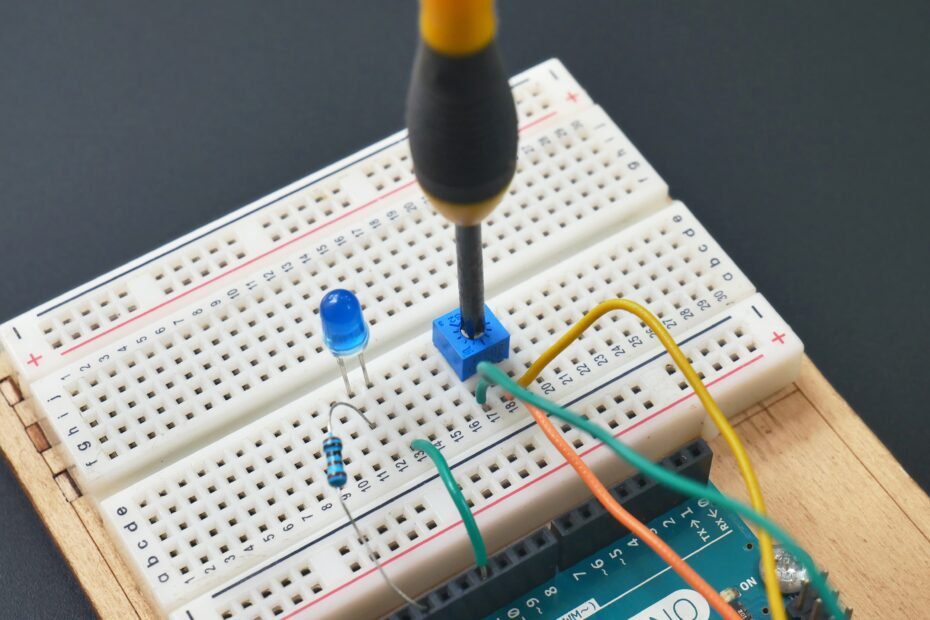Breadboarding is a valuable skill for any electronic enthusiast or professional. It involves using a breadboard, a type of prototyping board, to quickly and easily test and experiment with electronic circuits. Breadboarding allows you to verify the functionality of a circuit without the need for soldering or permanent connections, making it an ideal way to prototype and debug your designs.
To become a proficient breadboarder, it is essential to have the right tools and techniques at your disposal. Here are six pro tips that will help you improve your breadboarding skills:
- Choose the right breadboard. Not all breadboards are created equal. Before you start breadboarding, make sure to select a breadboard that is appropriate for your circuit. Consider factors such as the number of components, the complexity of the circuit, and the required power supply voltage.
- Use jumper wires. Jumper wires are short lengths of insulated wire that are used to connect the components on your breadboard. They are available in different colors and sizes, and they are essential for creating clean and organized breadboard connections.
- Use a power supply. A power supply is an electronic device that provides a stable and consistent voltage to your breadboard circuit. Using a power supply will help to ensure that your circuit is properly powered, and it will prevent damage to your components due to voltage spikes or other electrical issues.
- Use a breadboard layout diagram. A breadboard layout diagram is a visual representation of your breadboard circuit, showing the connections between the components. Creating a breadboard layout diagram will help you to plan and organize your circuit, and it will make it easier to identify and troubleshoot any issues that may arise.
- Use a multimeter. A multimeter is an electronic instrument that is used to measure various electrical quantities, such as voltage, current, and resistance. Using a multimeter will allow you to verify the functionality of your circuit and ensure that it is operating within the specified parameters.
- Be organized and patient. Breadboarding can be a complex and challenging process, and it is important to approach it with organization and patience. Take your time, and be methodical in your approach. Follow the breadboard layout diagram, and carefully check each connection to ensure that it is correct.
By following these tips, you can improve your breadboarding skills and create successful and reliable circuits. With practice and experience, you will become a proficient breadboarder, and you will be able to quickly and easily prototype and test your electronic designs.
